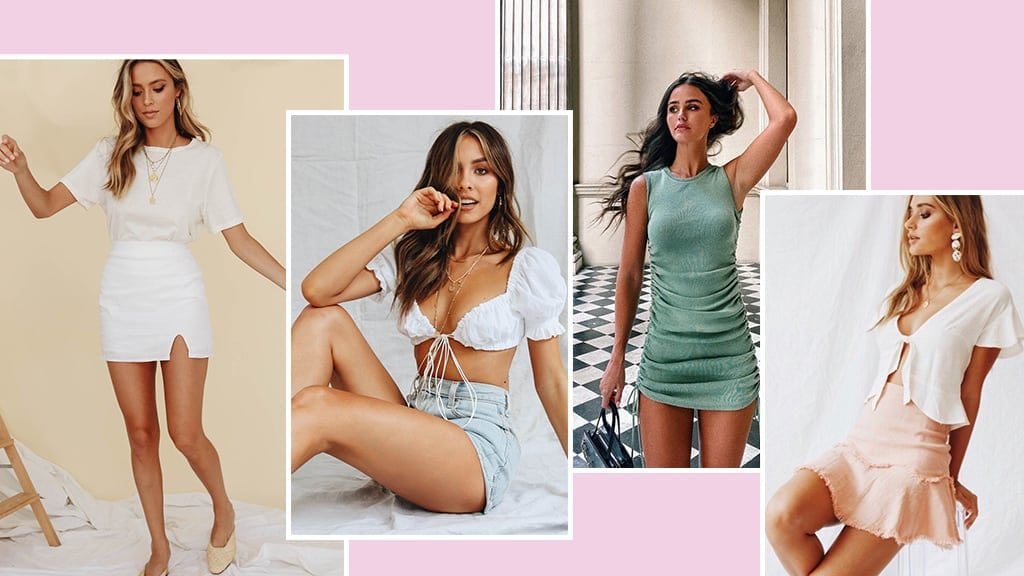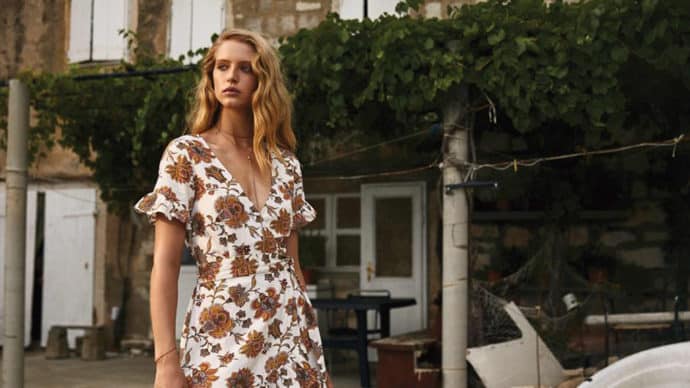
Verge Girl
Moving Fashion Forward
How UX research and paid social set a new trend for a women’s fashion retailer
The Challenge
Starting in the late 2000’s with the catchy slogan of “On point affordable fashion. Fast.”, Verge Girl took Instagram by storm as a rapidly growing brand with a highly engaged and loyal customer base. Now a leading womenswear retailer, they’ve quickly become a go-to brand for the latest fashion trends.
To stand out in such a competitive market, Verge Girl works closely with influencers and places a key focus on continually updating creative and its website to deliver the best experience for its customers.
Conversion Optimisation & UX
Verge Girl first reached out to us when they realised that their rapid rise to fame and associated increase in website traffic wasn't reflected by an equally rapid increase in website revenue. Verge Girl aims to deliver an excellent customer experience at every stage of the conversion funnel and wanted to better understand their customers, listening to their unbiased opinions about the experience the brand is providing. The team at Verge Girl understood that lasting conversion success strategies needed to be customer-centric at their core.
Paid Social
Despite having a huge social media following, Verge Girl had relatively limited paid social activity in-market - a massive opportunity that was being left on the table. They got in touch with us to amplify the reach of their brand and drive revenue through a relatively untested channel.
Our Approach
Conversion Optimisation & UX
We conducted 12 weeks of intensive customer behaviour research, with a heavy focus on user interviews and live in-person user testing to deepdive into what their customers really wanted from the brand.
Our optimisation focus was on product pages as our research highlighted this as an area of the site causing major leaks in the conversion funnel. Users who interacted with the product information section were far more likely to convert, however the existing product description left room for hesitation. Users were sure that the items would look great, but couldn’t quite tell how they would feel or how they would fit. Coupled with the fact that refunds weren’t available (store credit was given instead), consumers viewed the purchase as risky.
Our main goal was to remove hesitations on the purchase journey and provide the exact information consumers were looking for, in the order they were looking for it. Further to that, Our research showed that 48% of users were looking for style inspiration, but were unable to find adequate guidance. To remove this friction point, we helped implement “As Seen on Insta” and “You May Also Like” sections, which had the added benefit of increasing cross-sells and average order value.
Product page changes combined increased the page value of product pages by a whopping 150%.
Secondly, avid fans and frequent users were disappointed with the styles selling out quickly as there was no way to tell if they’ll be able to find the item when they revisit the site. The challenge was finding a way to signal the items that are selling fast without interfering with the edgy product imagery and brand’s visual style that their customers love. Along with a more classical iteration, we tested a vertical “Selling Fast” banner that fit the brand’s aesthetic.
After two weeks of testing, both of our proposed variations came out on top of the control page. But the vertical design that won overall increased revenue and conversion rate by 19% at a confidence level of 99%.
This single, two week test drove $34,000 in revenue. Annualised, this change adds an additional $900,000 to Verge Girl’s bottom line.
The process of website optimisation is an iterative one and we continue to work with Verge Girl on their A/B testing strategy, giving their customers a voice to provide feedback - and be heard.
Paid Social
Having reviewed the previous activity that had been running, it was clear that the opportunity lay in reaching a new audience beyond those who had previously engaged with the brand through social or on-site.
In order to do this, we built an updated audience strategy that would target prospective customers through look-a-like audiences as well as bespoke targeting informed by customer profiles pulled from in-depth UX research we conducted. This audience would be served with creative pushing new arrivals and featured styles through collection ads, stories and link ads.
Once users engaged with ads, they were added into retargeting pools to be dynamically shown products they had previously shown interest in or similar styles.
As with all our activity, within the updated strategy we included copy tests to gain insights into what messaging drove more engagement, be it affordable fashion, fast shipping or increased use of emojis.
The benefits of increased social activity was most notable when we then hit the Black Friday sales period and were able to target a significantly more tailored group of remarketing and prospecting audiences to promote the sale. With multiple copy variations throughout the weekend tailored to each day and stage of the offer, we were able to drive significant uplifts in sales and revenue YoY.

